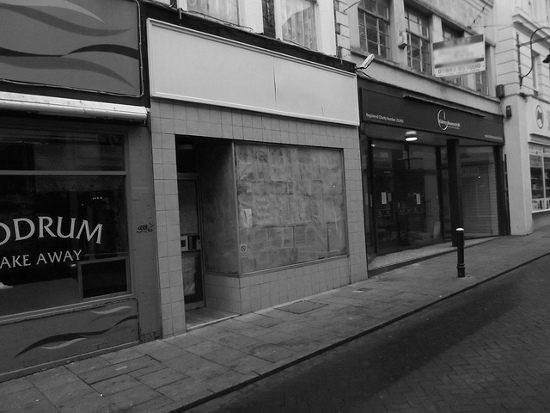Shop vacancy rates in the United Kingdom rose slightly to a national average of 14.6 per cent as of June 2012, according to the Local Data Company. With the exception of London, vacancies were up in all parts of the country in the past year. The capital city’s average vacancies fell from 10.7 per cent to 10.1 per cent.

Nearly one-third of retail commercial properties in Nottingham is sitting empty. The vacancy rate has jumped from 7.5 per cent to 30.6 per cent, and is currently the highest in the country. Walsall and Stockport have the second and third-highest vacancy rates, at 29.6 and 28.4 per cent, respectively. All the centres with the highest vacancy rates are located in Midland, the North, or in Wales.
With a vacancy rate of 7.7 per cent, Salisbury is the best-performing centre in the UK. Cambridge has the distinction of having the second-best record in the country. Chesterfield came in third with a vacancy rate of 8.7 per cent, followed by York and Harrogate at 9.6 per cent and 10.3 per cent.
The LDC’s report, entitled, “Too Many Shops,” collected data from 145,000 shops in 506 town centres. The conclusion reached after the results were analysed was that falling consumer spending and the global financial crisis are key factors in the current retail slump.
Consumers are cautious about their spending and are looking for the best prices when they shop, which means their habits have changed over time. More buyers are turning to the Web when making purchases, which means brick and mortar stores have even more competition than the shop down the street or across town. According to the Centre for Retail Research, online retail sales in the UK are expected to reach £57.39 billion in 2012, representing an increase of 14 per cent over 2011 figures. With this shift in buying habits, the face of retail shopping may be changed forever.